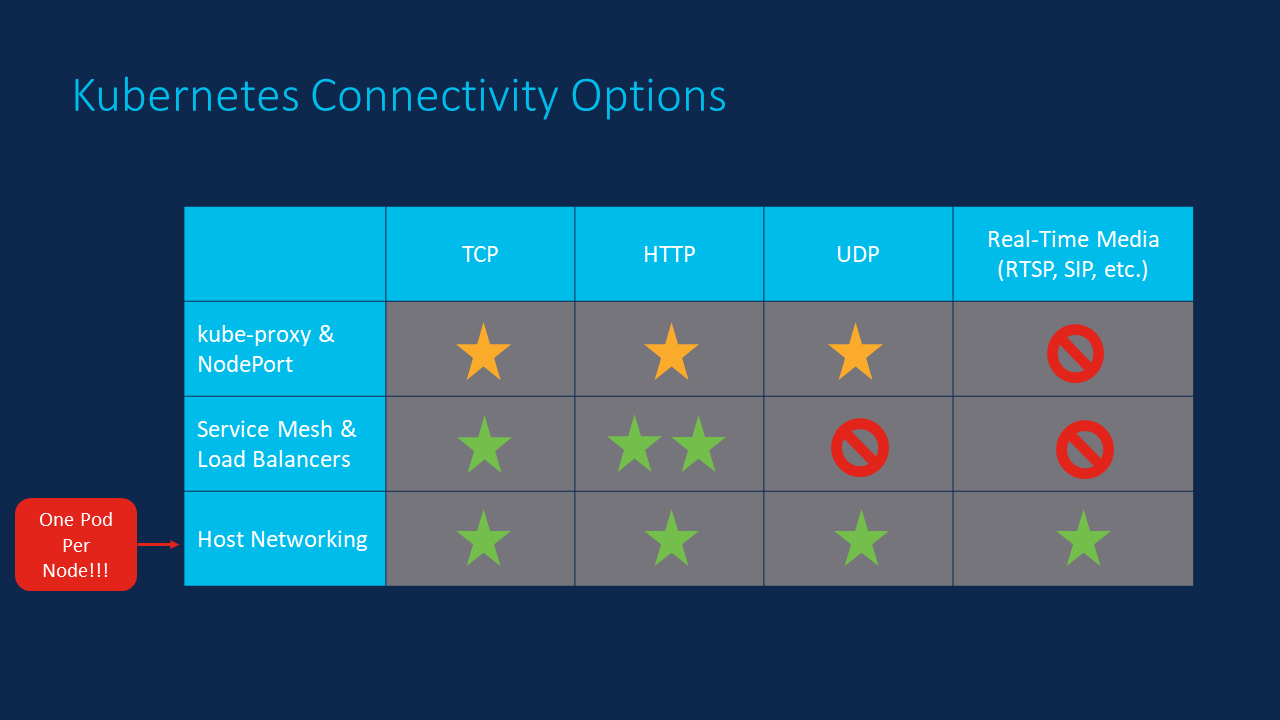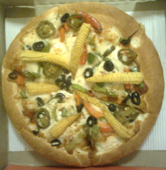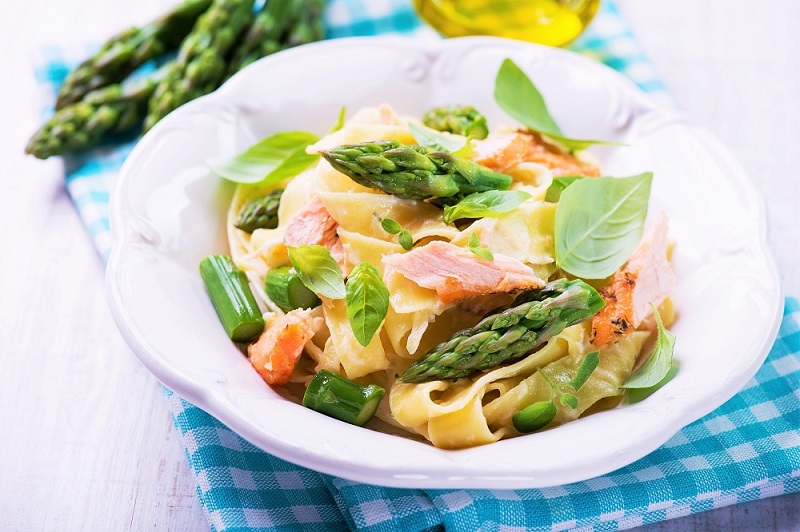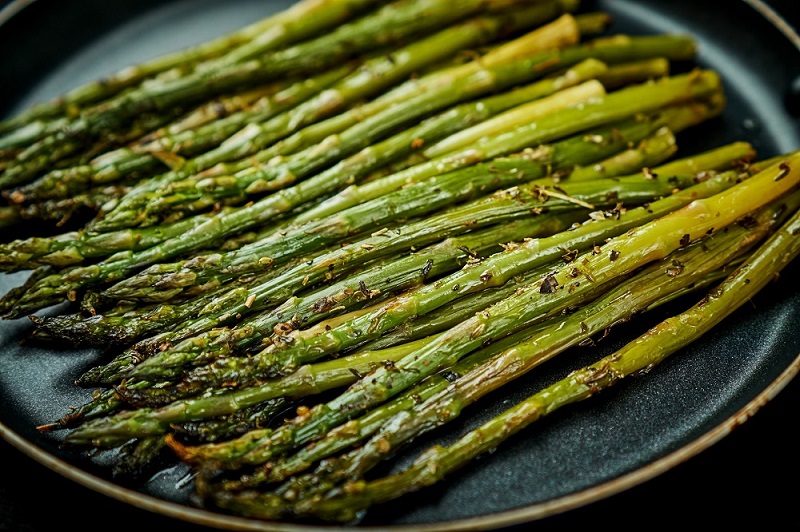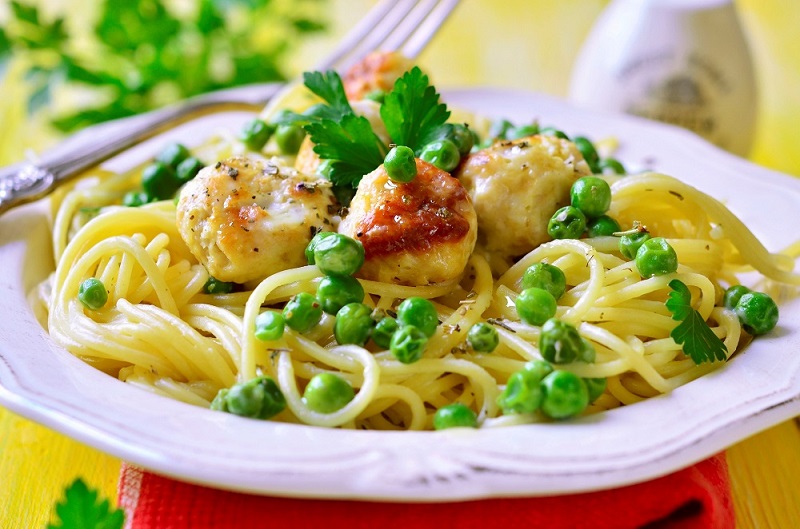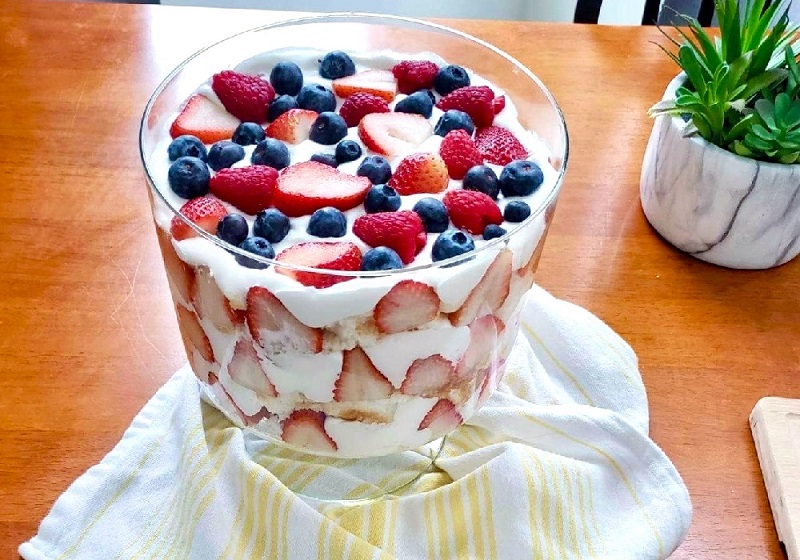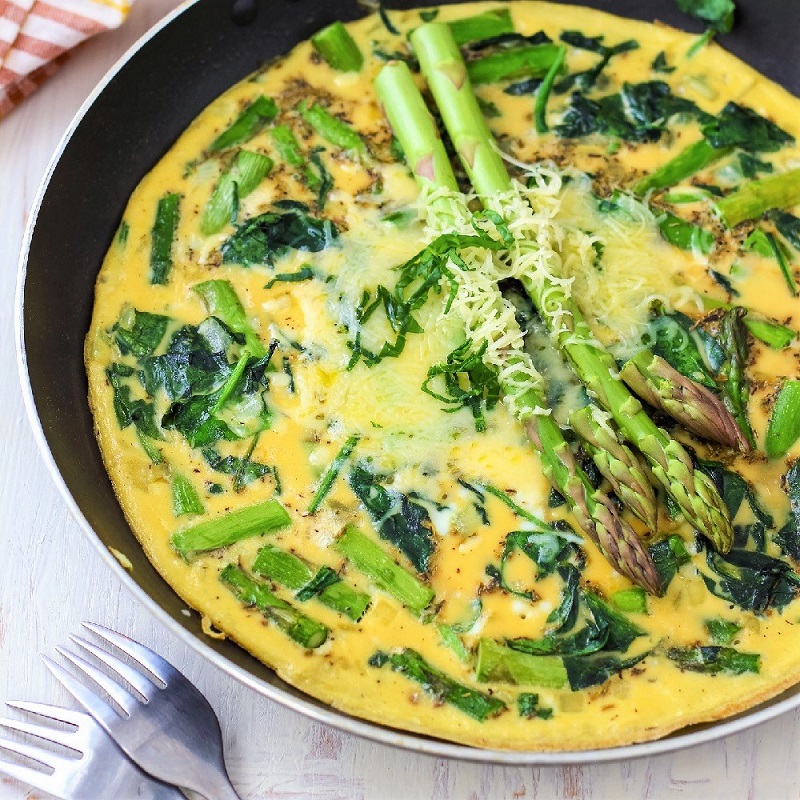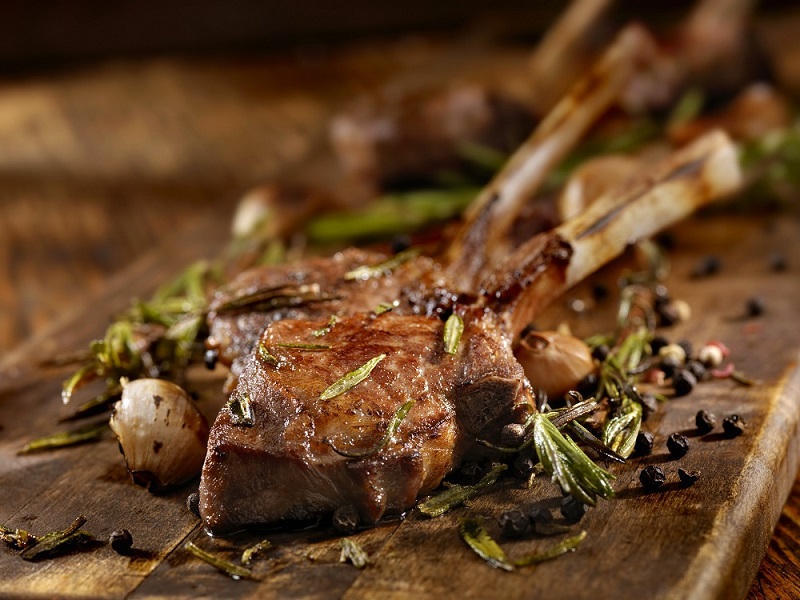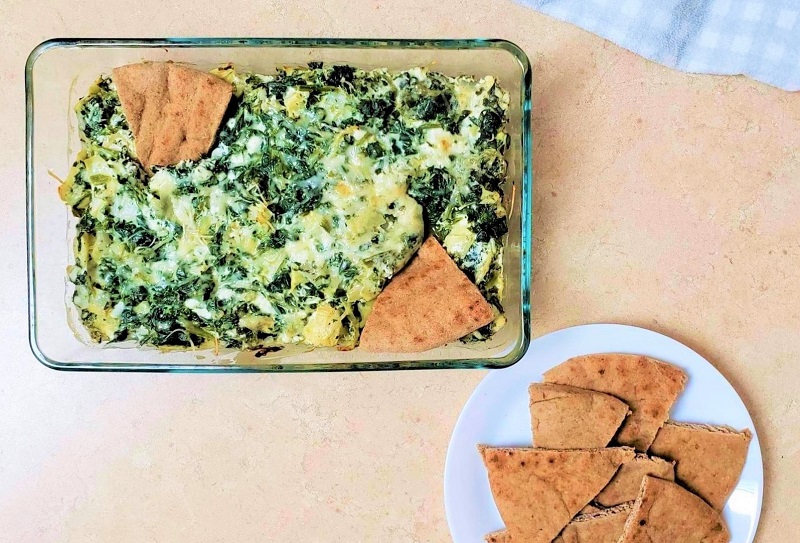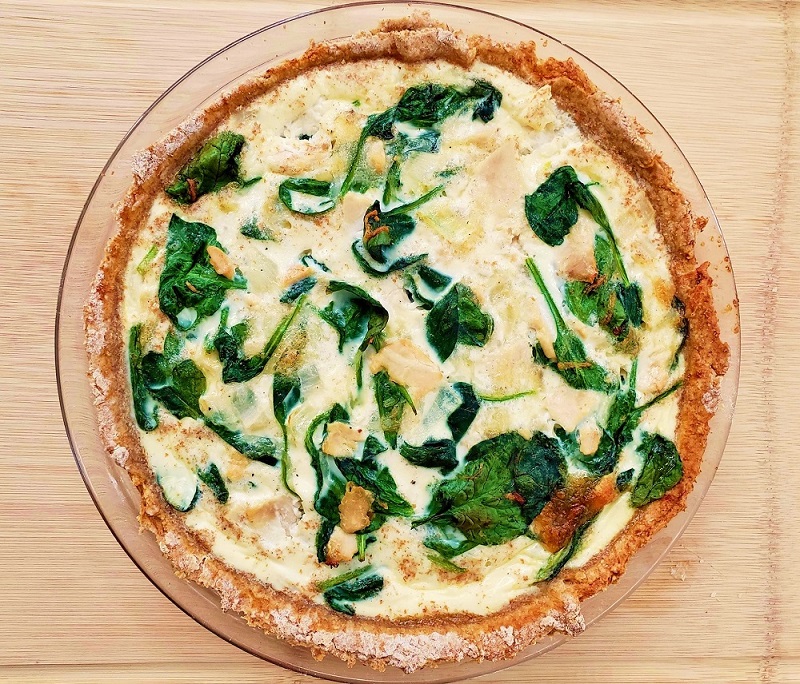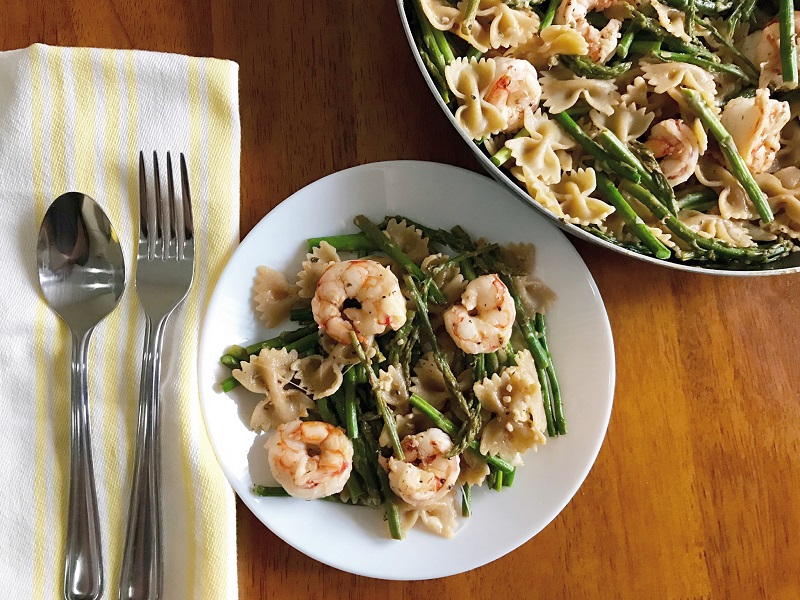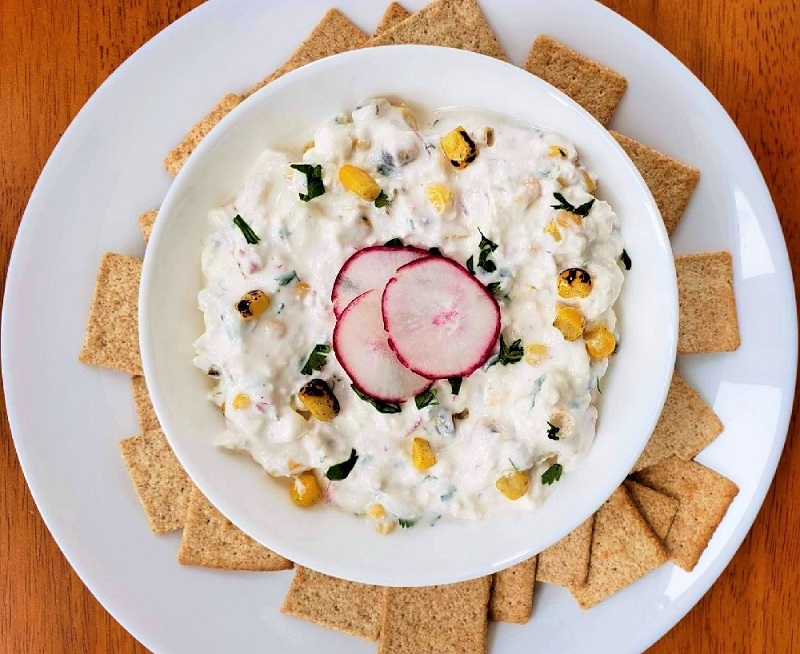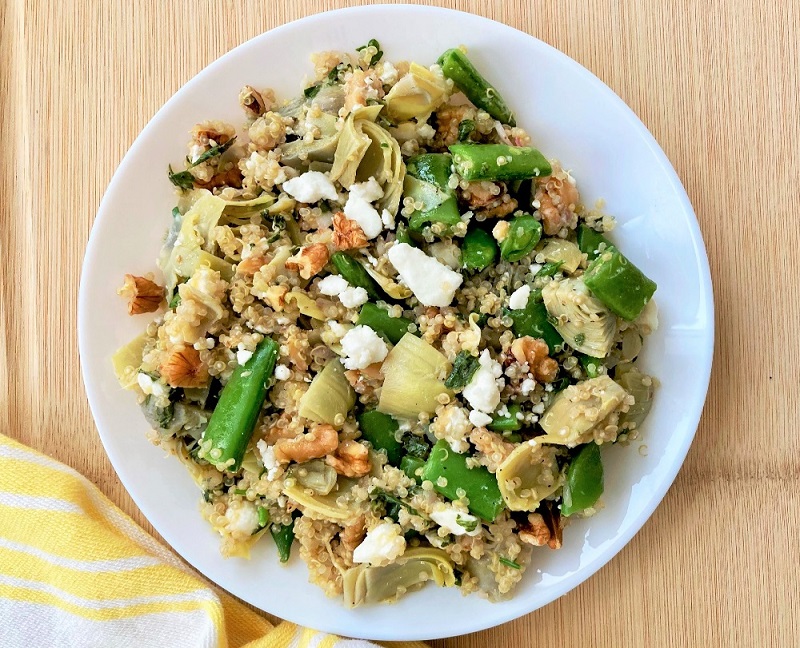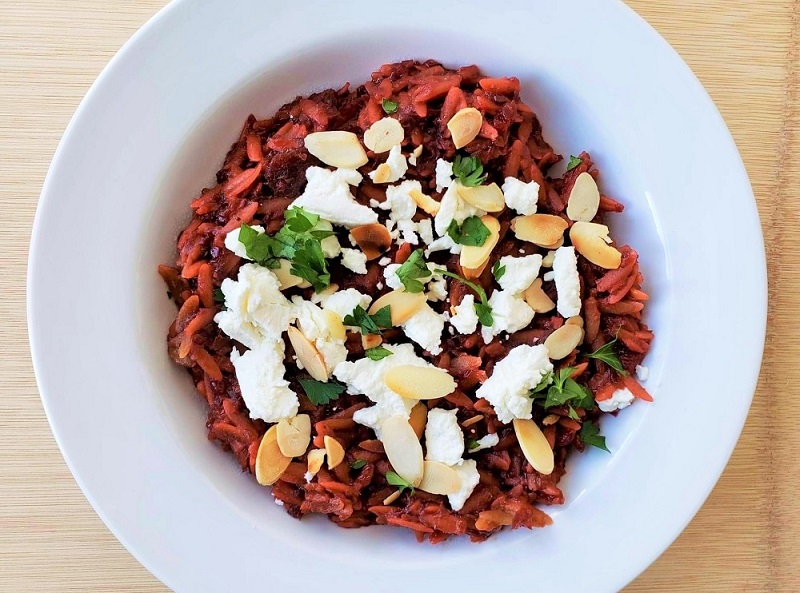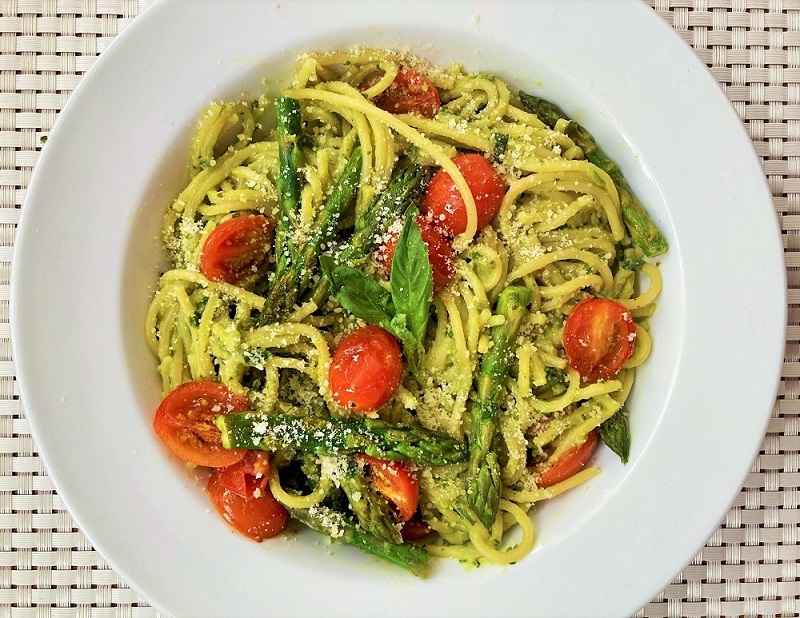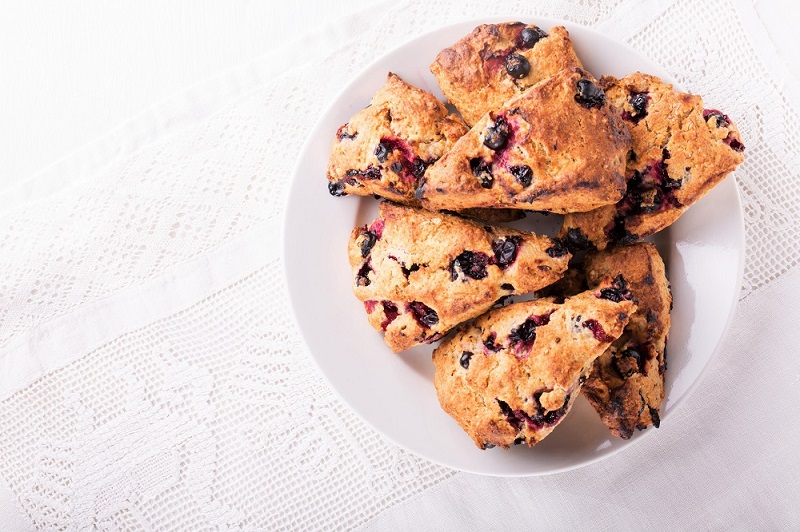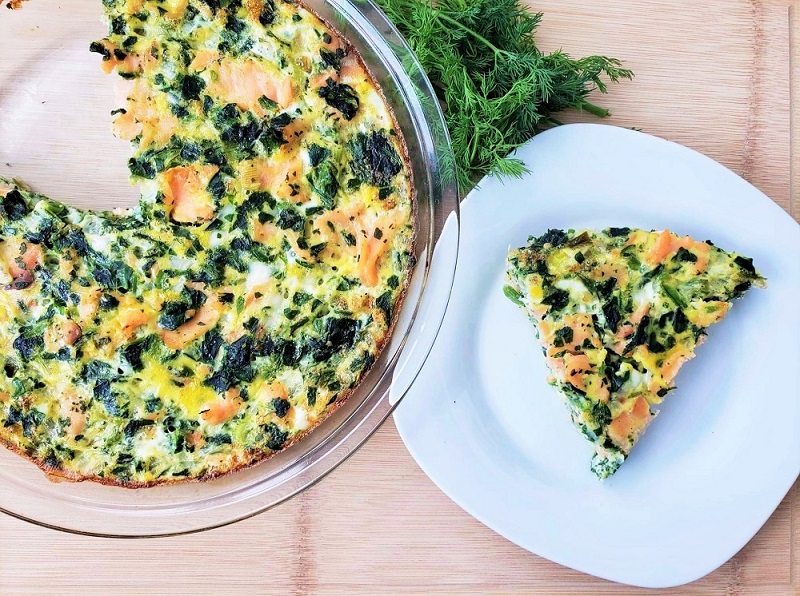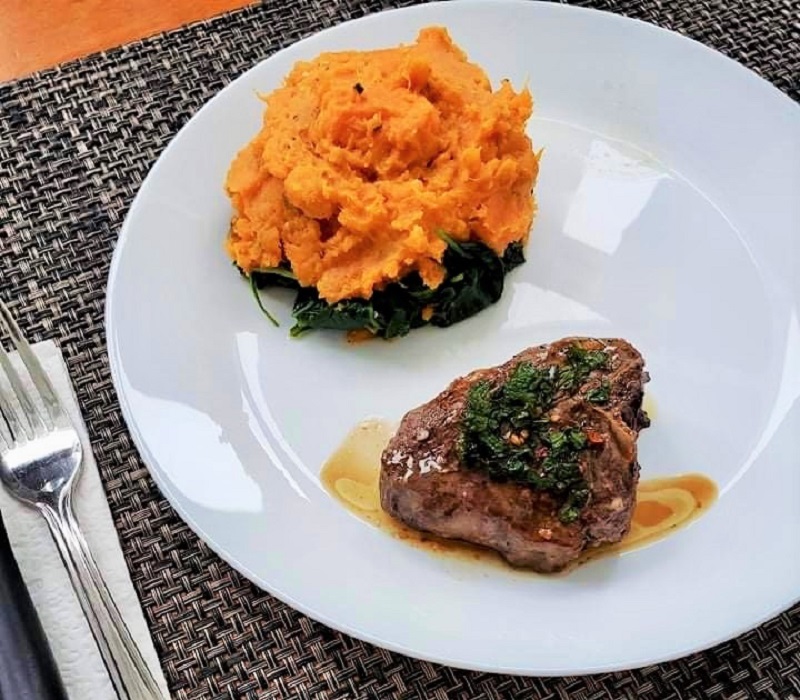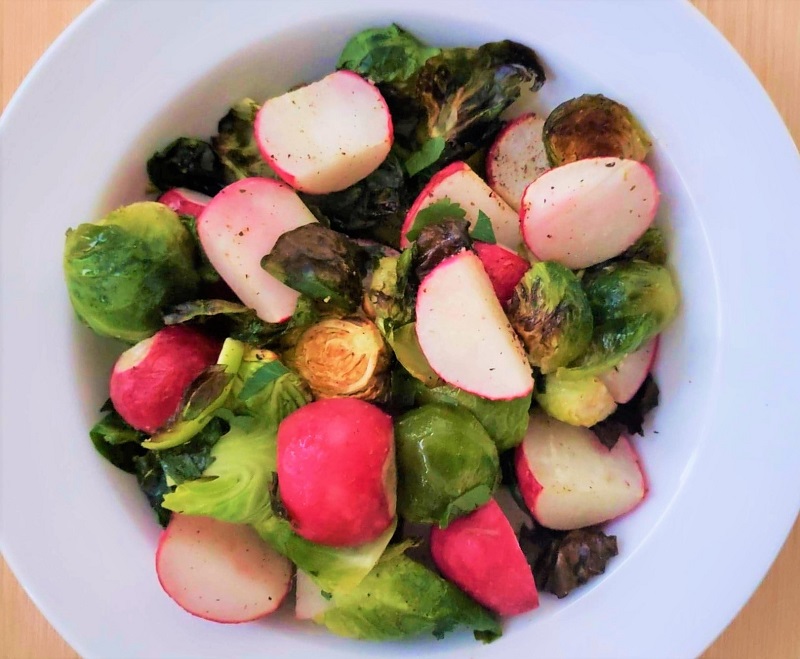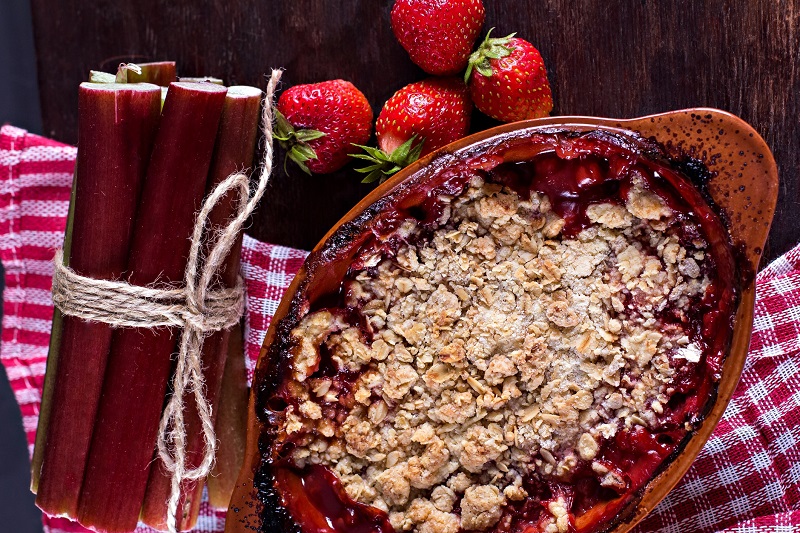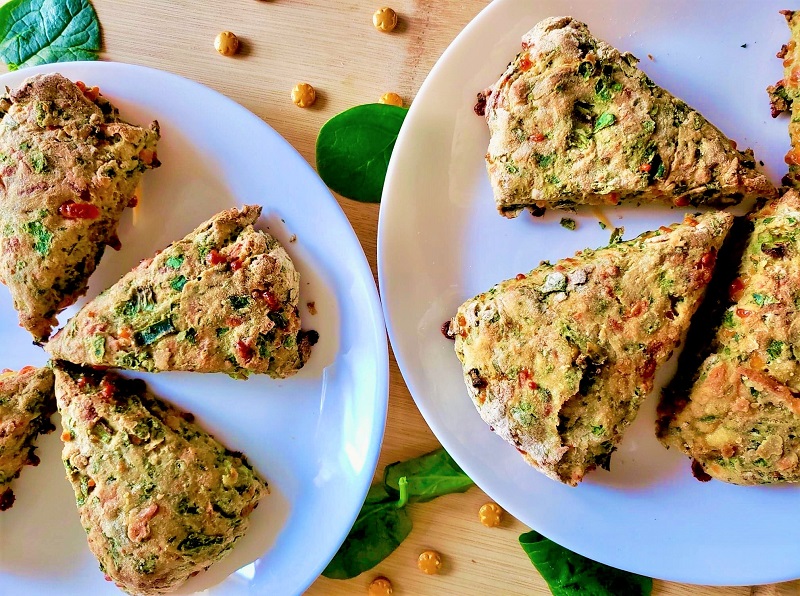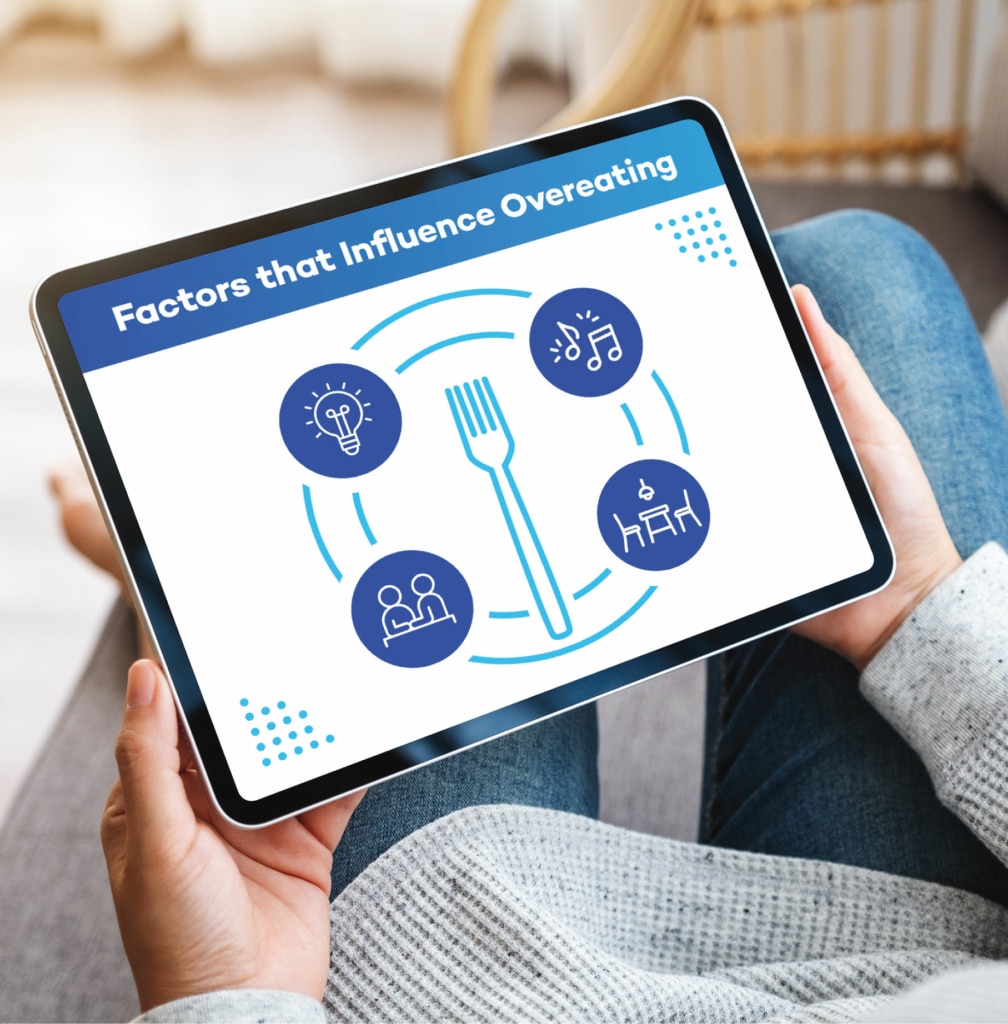The Ultimate Guide to Weight Loss Coaching- What You Need to Know About Getting Certified
In a world where health and wellness are increasingly at the forefront of public awareness, the role of a weight loss coach has never been more vital. With rising concerns over obesity and lifestyle-related health issues, there is a growing demand for skilled professionals who can guide individuals on their journey to a healthier life. This article explores the rewarding career path of becoming a weight loss coach, a profession dedicated to making a significant, lasting difference in people’s lives.
In this article, we will explore the essential steps to becoming a weight loss coach and the indispensable tools and resources you’ll need to make an impact.
Join us as we navigate the path to becoming a weight loss coach, a journey that promises not only personal fulfillment but also the opportunity to contribute positively to global health and wellness outcomes.
What is a Weight Loss Coach?
A weight loss coach is a dedicated professional who plays a pivotal role in guiding individuals to achieve and maintain a healthy weight. Unlike fitness professionals or dietitians, weight loss coaches focus on personalized behavior change strategies tailored to each client’s unique needs and goals.
Crafting Personalized Plans
These coaches dive deep into creating comprehensive plans that encompass not just diet and exercise but also holistic lifestyle adjustments. For instance, a study published in the Journal of the Academy of Nutrition and Dietetics highlights the importance of individualized dietary interventions in weight management. Weight loss coaches leverage such insights to formulate plans that are both effective and sustainable.
Beyond Diet and Exercise
While diet and exercise are fundamental, weight loss coaches also emphasize the psychological aspects of weight loss. They employ techniques rooted in behavioral psychology to help clients overcome barriers to weight loss. A study by Johns et al. demonstrates the effectiveness of behavioral interventions in weight management.
This is where AFPA’s Coaching for Weight Loss certificate of specialty shines. Through this online, self-study course, you will:
- Learn how to navigate the complexities of weight loss, focusing on sustainable behaviors rather than merely chasing outcomes
- Get effective coaching strategies to support clients in their weight loss journeys, including handling emotional setbacks and navigating plateaus
Providing Continuous Support and Education
One of the key roles of a weight loss coach is to offer ongoing support and motivation. This involves regular check-ins, adapting plans as needed, and helping clients navigate challenges. Moreover, they educate clients about healthy habits, equipping them with knowledge about nutrition and wellness. For example, AFPA provides resources that weight loss coaches often use to educate their clients about maintaining a healthy lifestyle.
Empowering Sustainable Change
Ultimately, the goal of a weight loss coach is not just to help clients lose weight but to empower them to make lasting changes. This approach ensures that clients not only reach their goal weight but also maintain it in the long term, leading to improved overall health and well-being.
Learn 5 Surprising Factors that Might Contribute to Your or Your Clients’ Overeating
Get your free PDF you can share with health coaching, nutrition, or fitness clients.
How Does Weight Loss Coaching Work?
Weight loss coaches often provide the following for clients with weight loss goals:
- Initial Assessment
- Goal Setting
- Customized Plan Development
- Education and Support
- Monitoring and Accountability
- Behavioral and Habit Changes
- Sustainable Lifestyle Changes
- Ongoing Support and Maintenance
Initial Assessment
Comprehensive Health Evaluation
The initial assessment is a critical first step in the weight loss coaching process. It involves a thorough evaluation of the client’s current health status. This includes assessing key health indicators such as body mass index (BMI), body fat percentage, and overall fitness level. A study in the Journal of Obesity & Weight Loss Therapy suggests that understanding these metrics is crucial for creating an effective weight loss strategy.
Lifestyle and Dietary Analysis
In addition to health metrics, the coach examines the client’s lifestyle, dietary habits, and exercise routines. This involves understanding their daily routines, eating patterns, and physical activity levels. The assessment might also include a food diary analysis to identify nutritional gaps or unhealthy eating habits.
Psychological and Emotional Factors
Understanding the client’s psychological and emotional relationship with food and exercise is also essential. This may involve discussions about past experiences with weight loss, body image issues, and any emotional triggers that lead to unhealthy eating habits. Research in psychology & health highlights the importance of addressing psychological factors in weight management.
Personal and Medical History
A comprehensive review of the client’s personal and medical history is also conducted. This includes any underlying health conditions, medication use, and previous injuries that might affect their ability to engage in certain exercises or diets.
Goal Setting
Realistic and Personalized Goals
Based on the initial assessment, the coach and client collaboratively set realistic and personalized weight loss goals. These goals are tailored to the client’s health status, lifestyle, and personal preferences. A study in the American Journal of Health Behavior emphasizes the importance of setting achievable goals in weight loss programs.
Short-Term Milestones
Breaking down the main goal into smaller, short-term milestones is a key strategy. This approach helps in tracking progress and maintaining motivation. For example, setting a goal to lose a specific amount of weight or achieve a certain fitness level within a month.
Behavioral Objectives
In addition to physical goals, setting behavioral objectives is crucial. These might include adopting healthier eating habits, increasing physical activity, or improving sleep patterns. Behavioral goals are often more controllable and can lead to significant long-term benefits.
Continuous Review and Adaptation
Goals are not set in stone; they are continuously reviewed and adapted based on the client’s progress and any changes in their circumstances. This flexible approach ensures that the goals remain relevant and achievable.
Customized Plan Development
Tailoring to Individual Needs
The development of a customized plan is a cornerstone of effective weight loss coaching. This plan is tailored to the individual’s unique needs, preferences, and medical background. According to a study in the International Journal of Behavioral Nutrition and Physical Activity, personalized plans significantly increase the likelihood of successful weight loss compared to generic programs.
Addressing Lifestyle Factors
Beyond diet and exercise, the plan also addresses broader lifestyle factors such as sleep patterns, stress management, and time management. These factors play a crucial role in overall health and weight management, as highlighted in research published in the Journal of Lifestyle Medicine.
Flexibility and Adaptability
A key feature of the plan is its flexibility and adaptability. It evolves based on the client’s progress and feedback. Regular assessments help in fine-tuning the plan to ensure it remains effective and sustainable.
Education and Support
Nutritional Education
Education is a vital component of weight loss coaching. Coaches help clients understand the principles of healthy eating and the importance of various nutrients in their diet. This education can include working through issues such as meal planning, meal prep, choosing healthy options when dining out, cultural preferences, and dietary restrictions or preferences.
Exercise Guidance
Depending upon their goals, clients may also receive education on how to help make exercise enjoyable. Weight loss coaching can help clients work through barriers that prevent them from engaging in regular physical activity.
Emotional and Motivational Support
Weight loss coaches offer continuous emotional and motivational support. They help clients navigate challenges, overcome setbacks, and stay motivated. The psychological aspect of weight loss is as important as the physical aspect, with studies in Behavioral Sciences showing the impact of emotional support on weight loss success.
Building Self-Efficacy
Coaches work to build the client’s self-efficacy, empowering them to take control of their health and make informed decisions. This involves teaching strategies to cope with cravings, manage stress, and maintain motivation, which are essential for long-term success.
Monitoring and Accountability
Regular Progress Tracking
Monitoring and accountability are key components of successful weight loss coaching. Regular progress tracking involves not just weighing in but also assessing changes in body composition, fitness levels, and dietary habits. This continuous monitoring helps in identifying what works and what needs adjustment. A study in the Journal of Medical Internet Research highlights the effectiveness of regular monitoring in weight loss programs.
Setting Accountability Mechanisms
Accountability mechanisms, such as weekly check-ins or progress reports, play a crucial role. These mechanisms keep clients focused and motivated. They also provide an opportunity for the coach and client to celebrate successes and discuss any challenges.
Utilizing Technology
The use of technology, like fitness trackers and mobile apps, can enhance the monitoring process. These tools provide real-time data on physical activity, dietary intake, and even sleep patterns, contributing to a more comprehensive view of the client’s progress.
Feedback and Adaptation
Feedback during these sessions is essential. It’s not just about pointing out areas of improvement but also about acknowledging achievements and adapting the plan as needed. This adaptive approach ensures that the plan remains aligned with the client’s evolving goals and circumstances.
Behavioral and Habit Changes
Identifying and Modifying Unhealthy Behaviors
Behavioral change is at the heart of sustainable weight loss. Coaches work with clients to identify unhealthy behaviors and develop strategies to modify them. This might include tackling emotional eating, sedentary habits, or impulsive eating. Research in Behavioral Psychology shows the importance of behavioral interventions in weight management.
Cognitive-Behavioral Techniques
Cognitive-behavioral techniques are often employed to address the psychological aspects of eating and exercise. These techniques help clients understand the triggers of unhealthy behaviors and develop healthier responses.
Building New, Healthy Habits
The focus is also on building new, healthy habits. This includes incorporating regular physical activity into the daily routine, practicing mindful eating, and developing stress management techniques. Habit formation is a gradual process, and consistent effort is key, as suggested by studies in the Journal of Applied Psychology.
Long-Term Behavioral Change
The ultimate goal is to facilitate long-term behavioral change. This is not a quick fix but a journey toward a healthier lifestyle. Coaches provide the tools and support needed to make these changes sustainable.
Sustainable Lifestyle Changes
Embracing Long-Term Health
Sustainable lifestyle changes are the foundation of effective weight loss coaching. This involves adopting habits that promote long-term health rather than focusing on short-term diets. A study titled “Behavioral Weight Loss and Maintenance: A 25-Year Research Program Informing Innovative Programming” emphasizes the importance of sustainable changes, highlighting the role of self-regulation, self-efficacy, and mood in maintaining weight loss.
Integrating Healthy Habits
Integrating healthy habits into daily life is key. This includes regular physical activity, balanced nutrition, adequate sleep, and stress management. According to research published in “Effect of Lifestyle Intervention Programs on Weight-Loss and Maintenance in Obese Adults: A Systematic Review with Meta-Analysis and Trial Sequential Analysis”, lifestyle interventions are effective in promoting weight loss and its maintenance, especially when they include caloric restrictions and behavioral components.
Adapting to Life Changes
Sustainable changes also involve adapting to life’s changes. This flexibility ensures that healthy habits can be maintained during different life stages and circumstances.
Ongoing Support and Maintenance
Continuous Coaching Support
Ongoing support from the coach is crucial even after the initial weight loss goals are achieved. A longitudinal study, “‘I have been all in, I have been all out and I have been everything in-between’: A 2-year longitudinal qualitative study of weight loss maintenance”, highlights the importance of ongoing support in navigating the emotional and psychological challenges of weight loss maintenance.
Building a Maintenance Mindset
Developing a ‘maintenance mindset’ is vital for long-term success. This mindset involves viewing lifestyle changes as permanent rather than temporary fixes.
Addressing Relapses and Setbacks
Coaches provide strategies to address potential relapses and setbacks, helping clients to stay on track. The study “‘It’s not a diet, it’s a lifestyle’: a longitudinal, data-prompted interview study of weight loss maintenance” suggests that allowing for occasional controlled lapses and prioritizing goals can enhance weight loss maintenance.
Celebrating Successes
Regularly acknowledging and celebrating successes helps in maintaining motivation and reinforcing the lifestyle changes made.
The Growing Demand for Weight Loss Coaches
Escalating Global Obesity Trends
With the rise of obesity and chronic diseases related to unhealthy lifestyles, the demand for weight loss coaches has increased significantly. Worldwide obesity has more than doubled since 1980, as highlighted in the study “What is driving global obesity trends? Globalization or ‘modernization’?” by Fox, Feng, and Asal (2019). This dramatic rise makes obesity a pressing global health concern.
Obesity as a Public Health Challenge
The World Health Organization (WHO) has identified obesity as one of the most serious public health challenges of the 21st century. For instance, in the WHO European Region, one child out of three is overweight or obese, as discussed in this study by Nittari et al. (2019). This trend is not limited to adults; children and adolescents are increasingly affected, indicating a growing need for early intervention.
Increasing Awareness and Demand
As more people become aware of the importance of maintaining a healthy weight, the demand for weight loss coaches is expected to continue to grow. This presents a significant opportunity for individuals looking to enter the field and make a positive impact on people’s lives. The role of weight loss coaches becomes increasingly vital in guiding individuals through personalized plans and sustainable lifestyle changes to combat this global issue.
Steps to Becoming a Weight Loss Coach
Step 1: Gain Knowledge and Expertise
Foundational Understanding: To excel as a weight loss coach, a deep understanding of nutrition, exercise science, and behavioral change is crucial. This expertise can be acquired through formal education, such as degrees in nutrition, dietetics, or kinesiology, or through reputable certifications and specialized training programs.
Continual Learning: Staying abreast of the latest research, trends, and best practices in health and wellness is essential. Regularly engaging with scientific literature, attending workshops, and participating in professional networks ensures you provide clients with the most current and effective strategies.
Step 2: Obtain a Weight Loss Coach Certificate
Choosing AFPA Fitness: Obtaining a Coaching for Weight Loss Certificate from AFPA, a respected authority in health and wellness education, offers a significant advantage. This certification is a testament to your dedication and proficiency in weight loss coaching.
Comprehensive Curriculum: AFPA’s certification encompasses key areas such as nutritional guidance, exercise programming, behavioral change techniques, and client relationship management. The curriculum is meticulously designed to equip you with the skills to develop tailored plans and effectively guide clients through their weight loss journey.
Ongoing Professional Development: Beyond the initial certification, AFPA provides continuous support and resources, including access to a professional network and opportunities for further education, keeping you at the forefront of the field.
Step 3: Gain Experience
Practical Application: Before venturing into your own practice, garnering real-world experience is vital. This can be achieved through internships, volunteering, or employment in established weight loss or wellness centers. Such experiences refine your coaching skills, boost your confidence, and help you accumulate a portfolio of client success stories.
Step 4: Develop Your Coaching Style
Personalized Approach: Each client is unique, necessitating a flexible coaching style. While some clients may benefit from structured meal plans and workout regimes, others may require a focus on mindset and behavioral adjustments. Developing a versatile and empathetic coaching approach is key to effectively addressing diverse client needs.
Step 5: Build Your Brand and Market Yourself
Establishing Your Presence: With your expertise, certification, and experience in hand, the next step is to build your personal brand. This involves creating a professional website, establishing a social media presence, and networking within the health and wellness community.
Target Audience and Unique Proposition: Clearly articulating your niche and the unique benefits you offer as a weight loss coach will help you attract and retain the right clientele. Whether your focus is on specific demographics, holistic wellness, or innovative weight loss techniques, defining your brand identity is crucial for standing out in a competitive market.
As a weight loss coach, equipping yourself with a comprehensive set of tools and resources is essential for effectively assisting clients and expanding your business. These tools not only streamline your coaching process but also enhance the client experience.
Digital Nutrition and Exercise Tracking
App Integration: Leverage the power of technology by utilizing nutrition and exercise tracking apps. These digital tools offer a convenient way for clients to log their daily food intake, physical activity, and monitor their progress.
Data-Driven Insights: These apps provide valuable data that can be analyzed to gain insights into a client’s habits and preferences. This information is crucial for customizing your coaching approach to suit everyone’s unique needs.
Meal Planning and Culinary Guidance
Personalized Nutrition Plans: Access to meal planning and recipe resources is invaluable. These tools enable you to design personalized nutrition plans that align with your clients’ dietary preferences, health goals, and lifestyle.
Culinary Variety and Education: Providing clients with a variety of recipes and meal ideas can help them enjoy a diverse, balanced diet while pursuing their weight loss goals. Educating clients on nutritious meal preparation is a key aspect of sustainable weight management.
Comprehensive Coaching Software
Client Management Efficiency: Utilize coaching software to streamline client management. This software can track client goals, monitor progress, and facilitate effective communication.
Centralized Platform: A centralized platform for managing client data, scheduling appointments, and tracking progress can significantly enhance efficiency. This consolidation allows for a more organized approach to client management and can improve the overall coaching experience.
Why Choose AFPA To Become a Certified Weight Loss Coach?
Comprehensive Training by Expert Coaches
NBHWC-Certified Instructors: AFPA’s weight loss coaching program is led by instructors who are certified by the National Board for Health & Wellness Coaching (NBHWC). These seasoned professionals have trained hundreds of clinicians and coaches, equipping them with the skills to effectively guide clients toward their weight loss and health goals.
Research-Backed Behavioral Change Techniques
Evidence-Based Approach: AFPA’s curriculum is grounded in research-backed behavior change methodologies. This scientific approach ensures that you, as a future coach, are equipped with proven strategies to facilitate lasting change in your clients’ habits and lifestyles.
Flexibility and Accessibility
Self-Paced Learning: Understanding the diverse needs of learners, AFPA offers a self-paced program. This flexibility allows you to balance your studies with other commitments, making it an ideal choice for those who are already working or pursuing other educational goals.
Affordability
Cost-Effective Education: AFPA provides this comprehensive training at an affordable price point. This commitment to affordability ensures that a career in weight loss coaching is accessible to a wide range of aspiring professionals.
Synergy with Other Health Certifications
Complementary to Other Qualifications: The weight loss coaching certification from AFPA is designed to complement other health and wellness certifications. Whether you’re a personal trainer, a nutritionist, or a health coach in another specialty, this certification adds a valuable dimension to your existing skill set.
Building a Successful Career
Empowering Your Coaching Journey: By choosing AFPA, you’re not just gaining a certification; you’re embarking on a journey to become a transformative figure in the lives of your clients. The knowledge, skills, and credentials you acquire will empower you to build a successful business in weight loss coaching, marked by a profound impact on the health and well-being of those you serve.
References
- Johns, D., Hartmann‐Boyce, J., Jebb, S. A., & Aveyard, P. (2014). Diet or Exercise Interventions vs Combined Behavioral Weight Management Programs: A Systematic Review and Meta-Analysis of Direct Comparisons. Journal of the Academy of Nutrition and Dietetics, 114(10), 1557–1568. https://doi.org/10.1016/j.jand.2014.07.005
- Thom, G., Lean, M. E. J., Brosnahan, N., Algindan, Y. Y., Malkova, D., & Dombrowski, S. U. (2020). ‘I have been all in, I have been all out and I have been everything in‐between’: A 2‐year longitudinal qualitative study of weight loss maintenance. Journal of Human Nutrition and Dietetics, 34(1), 199–214. https://doi.org/10.1111/jhn.12826
- Klein, S., McCarthy, D., & Cohen, A. (2014). Marshfield Clinic: Demonstrating the Potential of Accountable Care. The Permanente Journal, 18(4), 50–54. https://dx.doi.org/10.15868/socialsector.25107
- Cortis, L. J., Mckinnon, R., & Anderson, C. (2013). Palliative Care Is Everyone’s Business, Including Pharmacists. American Journal of Pharmaceutical Education, 77(2), 21. https://www.ajpe.org/content/ajpe/77/2/21.full.pdf
- Annesi, J. (2022). Behavioral Weight Loss and Maintenance: A 25-Year Research Program Informing Innovative Programming. The Permanente Journal, 26, 21.212. https://dx.doi.org/10.7812/tpp/21.212
- Polet, J. P., Silva, F., dos Santos, T., Bregolin, J., Luft, V., & Almeida, J. (2020). Effect of Lifestyle Intervention Programs on Weight-Loss and Maintenance in Obese Adults: A Systematic Review with Meta-Analysis and Trial Sequential Analysis. Current Developments in Nutrition, 4(Supplement_2), 1671. https://dx.doi.org/10.1093/cdn/nzaa063_069
- Thom, G., Lean, M. E. J., Brosnahan, N., Algindan, Y. Y., Malkova, D., & Dombrowski, S. U. (2020). ‘I have been all in, I have been all out and I have been everything in-between’: A 2-year longitudinal qualitative study of weight loss maintenance. Journal of Human Nutrition and Dietetics, 33(6), 735–744. https://dx.doi.org/10.1111/jhn.12826
- Kwasnicka, D., Dombrowski, S., White, M., & Sniehotta, F. (2019). ‘It’s not a diet, it’s a lifestyle’: a longitudinal, data-prompted interview study of weight loss maintenance. Psychology & Health, 34(8), 963–982. https://dx.doi.org/10.1080/08870446.2019.1579913
- Fox, A. M., Feng, W., & Asal, V. (2019). What is driving global obesity trends? Globalization or “modernization”? Globalization and Health, 15(1). https://doi.org/10.1186/s12992-019-0457-y
- Nittari, G. (2019). Fighting obesity in children from European World Health Organization member states. Epidemiological data, medical-social aspects, and prevention programs. https://www.semanticscholar.org/paper/Fighting-obesity-in-children-from-European-World-Nittari-Scuri/1dfd7283bb627e6773ec35e4937a26a87d411c34



